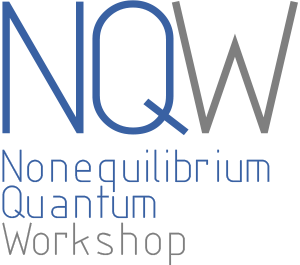Philipp Werner: Nonthermal electronic orders
Recent experiments and theoretical studies suggest that electronic orders such as superconductivity or excitonic insulator phases can be realized in highly nonthermal systems. In this talk, I will discuss some examples which have been demonstrated in nonequilibrium dynamical mean field theory simulations of Hubbard-type models. After briefly reviewing results for nonthermal magnetic order and the eta-pairing state in photo-doped Mott insulators, I will discuss in more detail two recent studie...


